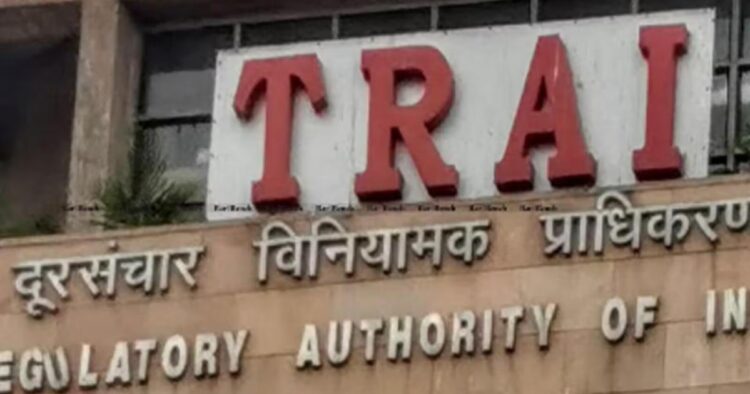New Regulations Set to Improve Telecom Services
The Telecom Regulatory Authority of India (TRAI) has announced updated regulations aimed at enhancing the quality of telecom and internet services in the country. These new rules, released on Friday, apply to all telecom and internet service providers with more than 10,000 subscribers. This includes providers of landline services, mobile services, and broadband services.
The newly introduced regulations, known as the “Standards of Quality of Service of Access (wireline and wireless) and Broadband (wireline and wireless) Service Regulations, 2024,” replace three older sets of regulations. The updated standards are designed to ensure a higher level of service quality across the board. The new regulations come after a consultation process with stakeholders that began in August 2023.
One of the significant changes under the new regulations is that the quality of mobile services will now be monitored on a monthly basis, rather than quarterly as it was before. To allow service providers to adjust, there will be a six-month period from the regulations’ effective date for a smooth transition.
The new benchmarks include stricter standards for network availability, call drop rates, packet drop rates, and latency to ensure better service quality.
Service providers will be required to publish detailed information about their service quality on their websites. This includes data on cumulative downtime (periods when services are unavailable), mean time to repair (how long it takes to fix issues), latency, packet drop rates for broadband, and other performance metrics. Additionally, providers must display mobile coverage maps by technology (2G, 3G, 4G, or 5G) to help customers make informed decisions.
The new regulations also introduce new parameters for measuring service quality. These include “jitter,” which refers to the variation in latency, and “packet drop rates,” which measure the percentage of voice packets lost or dropped during data transmission. The acceptable levels of latency have been revised, aiming to provide a more consistent and reliable service.
ALSO READ: “India’s Core Sector Growth Hits 4% in June 2024 Amid Mixed Performance”
Detailed Measurement and Financial Disincentives
To ensure uniform evaluation across all service providers, the regulations include a detailed measurement methodology for various parameters. Additionally, financial disincentives for non-compliance have been revised. Previously, these disincentives were only applied to some services, but now they are graded for all services.
For instance, in the fiscal year 2024, MTNL faced a Rs.1 lakh penalty for excessive drop call rates. In previous years, penalties ranged from Rs.2.5 lakh to Rs.42 lakh for different providers, depending on their performance.
The new regulations by TRAI represent a significant step towards improving the quality of telecom services in India. By setting stricter benchmarks and introducing new parameters for evaluation, TRAI aims to enhance the overall user experience and ensure that service providers meet high standards of performance.















Comments